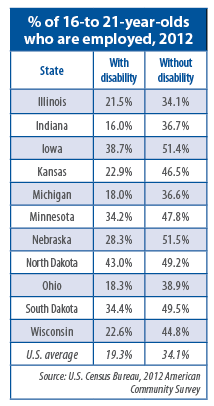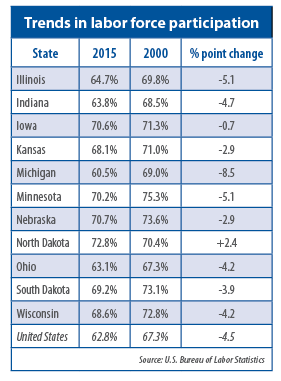By Elizabeth Whitehouse
This FREE CSG eCademy webcast centered on employment-related supports for individuals with disabilities with particular focus on issues of transportation and technology, including assistive technology and emerging technologies. In addition, experts discussed other employment supports such as health care, personal assistance services and housing. This is the third webcast in a four-part series presented by the National Task Force on Workforce Development for People with Disabilities in partnership with the U.S. Department of Labor, Office of Disability Employment Policy.
Workforce Development for People with Disabilities: Transportation, Technology & Other Employment Supports
Tuesday, Nov. 22, 2 p.m. EST
Part three of a four-part FREE CSG eCademy Webcast series
Presenters:
David D’Arcangelo
Director
Massachusetts Office on Disability
Full bio>>
Jeff Kline
Accessibility coordinator, Electronic and Information Resources
Texas Department of Information Resources
Full bio>>
Aaron Bangor
Chair
Texas Governor’s Committee on People with Disabilities
Full bio>>
Additional Resources:
A Review of Accessible Parking for Persons with Disabilities in Texas


